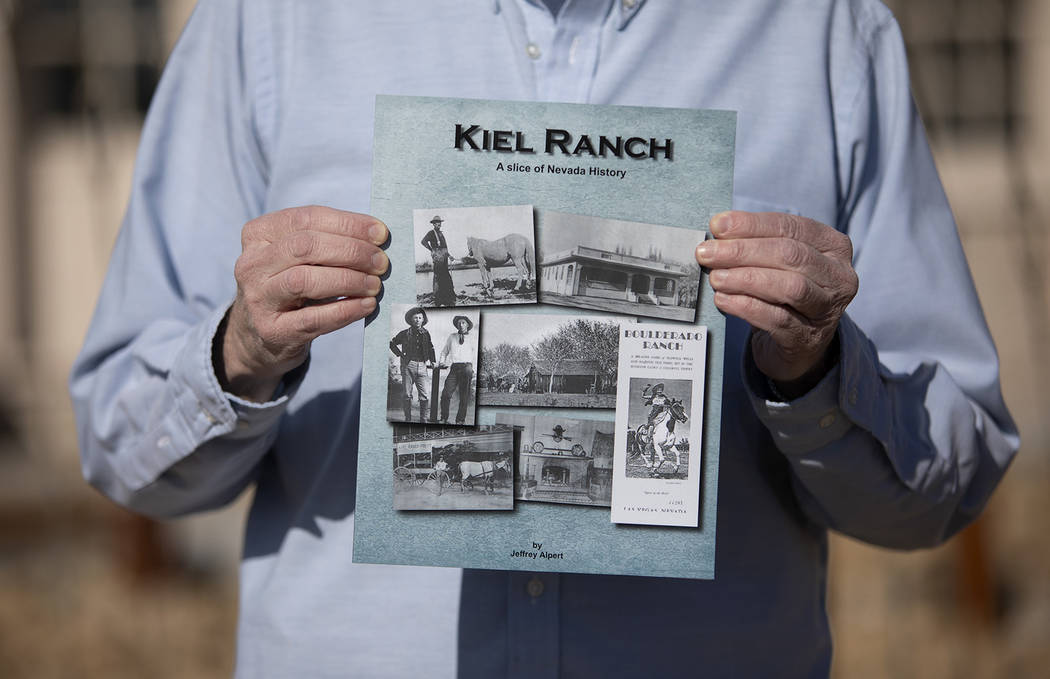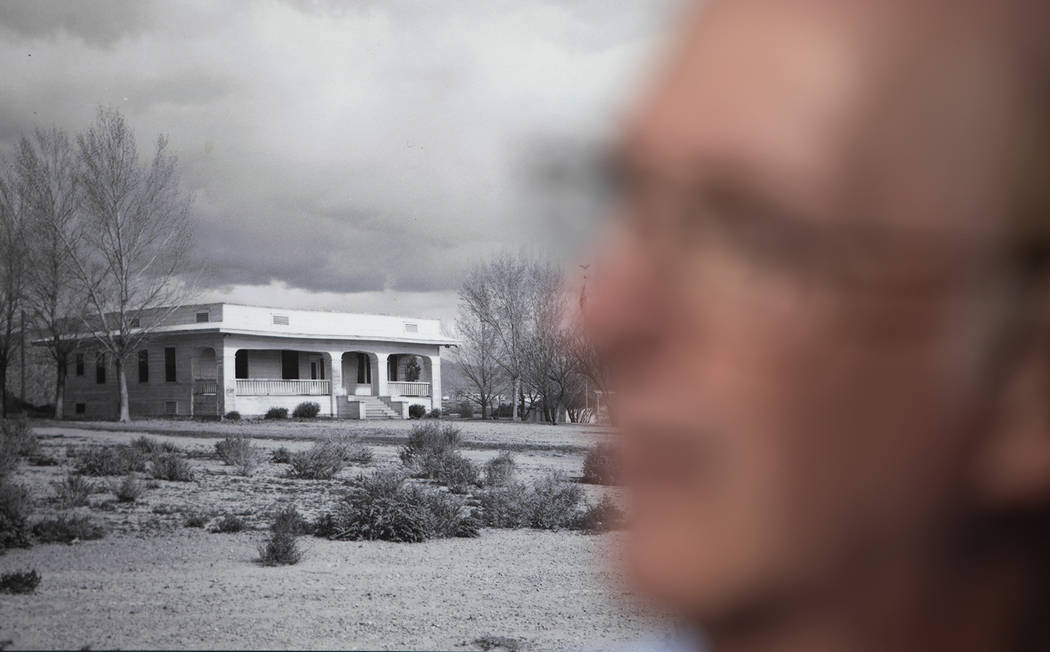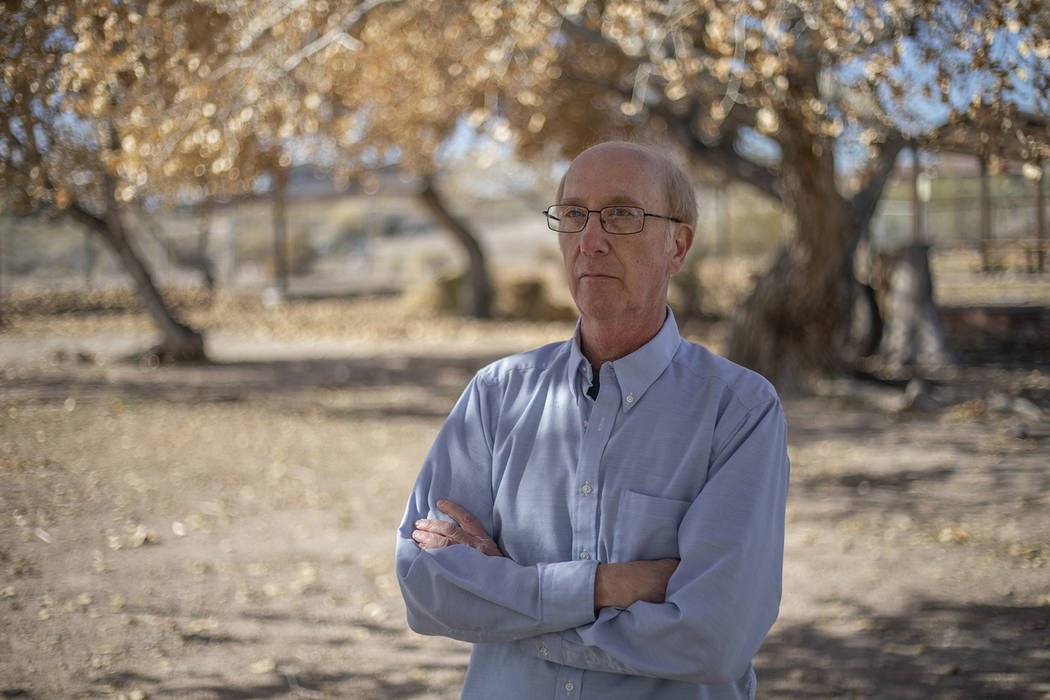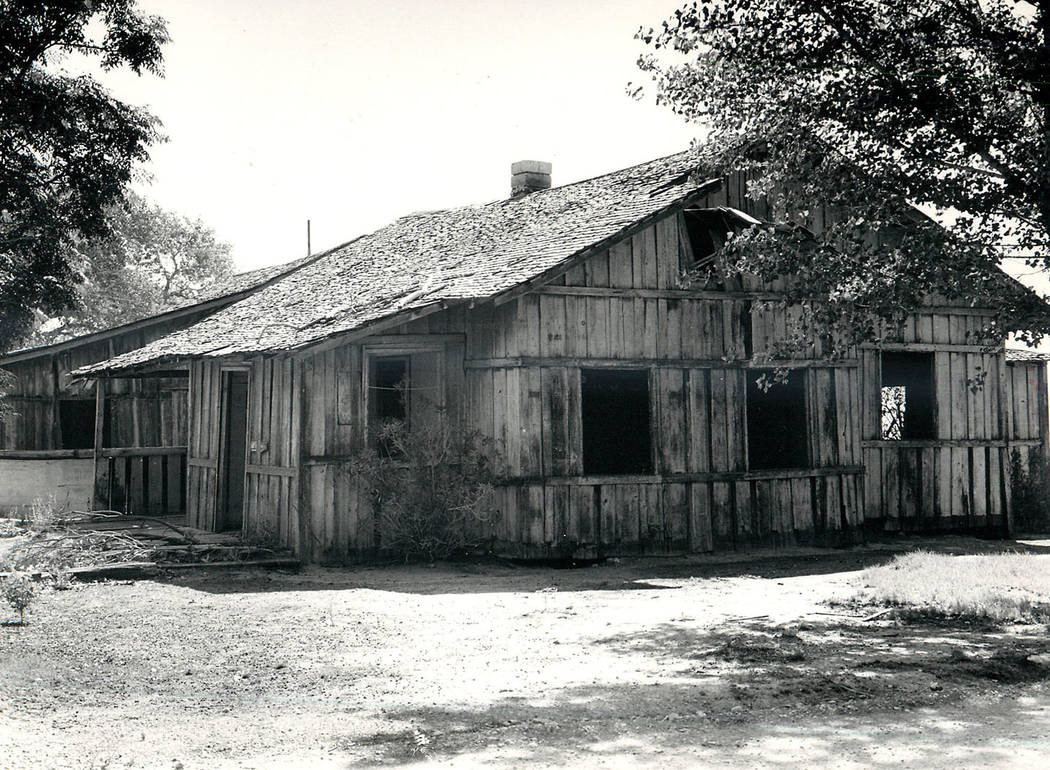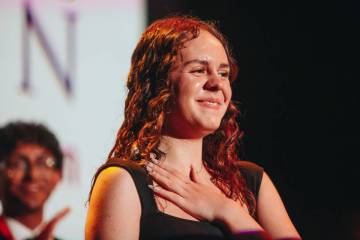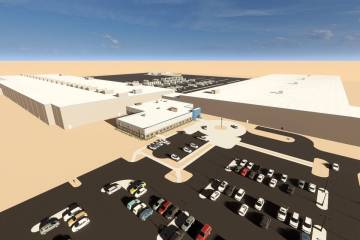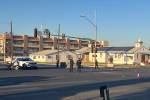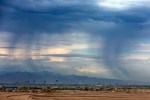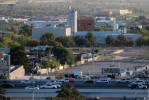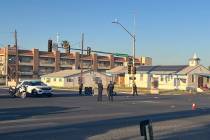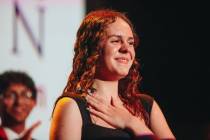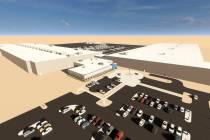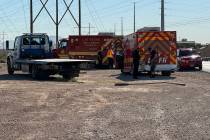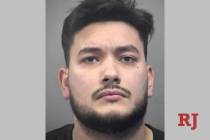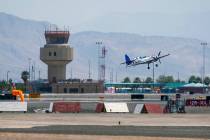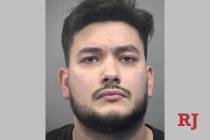Pioneers’ remains back in place at Kiel Ranch
A neighbor and a foreman went to Kiel Ranch in 1900 to buy tobacco and notify the property owner that wagon wheels he had ordered were ready to pick up.
Looking through the front door of the residence, the two men found Edwin Kiel dead on the kitchen floor with a pistol beside him, according to the recently published book “Kiel Ranch: A Slice of Nevada History.” Kiel’s brother, William, was not too far away in a ditch, partly underwater.
The Kiel brothers toiled on the 240-acre ranch and were known to be heavy drinkers and argue. Their deaths would be ruled a murder-suicide until their remains — along with their father, Conrad, a woman and a baby — were exhumed in 1975 and studied by UNLV researchers.
It was determined the two had been ambushed and murdered. The bones were then stored in a temperature-controlled room and periodically studied by students and professors for 45 years.
Until December 2019.
The Kiel brothers, Conrad, the woman — identified as Mary Latimer — and what remained of the baby were laid into their final resting place at Kiel Ranch Historic Park. Jeff Alpert, the author of “Kiel Ranch: A Slice of Nevada History,” advocated that the remains be reburied at the park near North Commerce Street and East Carey Avenue in North Las Vegas.
“Initially, there was a promise to the heirs of Conrad Kiel that after the bones were studied, they would be returned somewhere on city property for reburial. That never happened, and I thought that was wrong,” Alpert said. “They’ve been studied. The time was right.”
The remains are in an above-ground grave that will be turned into a mausoleum this spring in time for a ceremony, said city Parks and Recreation Director Cass Palmer.
The burial was the right thing to do, said Dr. Ryan Harrod, who studied the remains while he was a UNLV anthropology doctoral student from 2010-12.
“One of the big things that I was taught was the ethics of working with human remains is keeping in mind the community and always showing respect,” Harrod said. “My perspective is that all human remains should be reburied and returned.”
Through his team’s research, they were trying to determine what life was like on the ranch. They aren’t finished, Harrod said. As part of the study, they are also looking through historical records to build profiles of each person.
“We were looking at historical burials and about who they were and their lived experience,” Harrod said.
Book
Alpert’s book was published right around the same time the remains were put in their final resting places.
It details more than the Kiel family.
What earlier was a sprawling farm turned into a luxurious hangout spot for Las Vegas high society and later a recreational retreat for those waiting to divorce — then known as Boulderado Dude Ranch.
Over the years, much of it was sold. The land housing the ranch’s iconic structures fell into disrepair until it was revamped into a park in 2016.
Finding information on such an old place was tough, Alpert said. His interest started when he found a photo of a structure on the site, called the “White House,” at a thrift store.
The White House was the main residence of the ranch, built in 1911, and was used to host tea parties and elegant dinners. It burned down in 1992, according to a description near where it once stood.
When Alpert saw the photo, the backside listed a different address for Kiel Ranch. After a little digging, Alpert discovered that when one of the ranch’s former owners sold it, they liked the White House so much they built another one. That explained the writing on the back of the photo.
Then he was asked to write a book about it.
“Between all this discussion on it, it wasn’t until about two years ago that I took it seriously to actually write it,” he said. “Most of it was just a hobby, and I wish I had decided earlier because was doing a lot of research and wasn’t taking good notes.”
Alpert estimates it took one year to write the book, after he set his mind to it.
“I spent hundreds of hours going on the internet and microfilm,” he said, adding he went to libraries and UNLV and contacted the descendants of the first settler, Conrad Kiel.
The Kiel Ranch history book is available for purchase for $15 at North Las Vegas libraries. All proceeds go to the Friends of the North Las Vegas libraries, according to Alpert.
He said he is content with storing extras and without receiving royalties.
“It was all volunteer,” he said.
Contact Alex Chhith at achhith@reviewjournal.com or 702-383-0290. Follow @alexchhith on Twitter.
Kiel Ranch Historic Park
About: The Kiel brothers, Mary Latimer and a baby were placed into their final resting spot near the adobe structure.
Location: 2465 Kiel Way, North Las Vegas.
Kiel Ranch Historic Park
About: The Kiel brothers, Mary Latimer and a baby were placed into their final resting spot near the adobe structure.
Location: 2465 Kiel Way, North Las Vegas.



